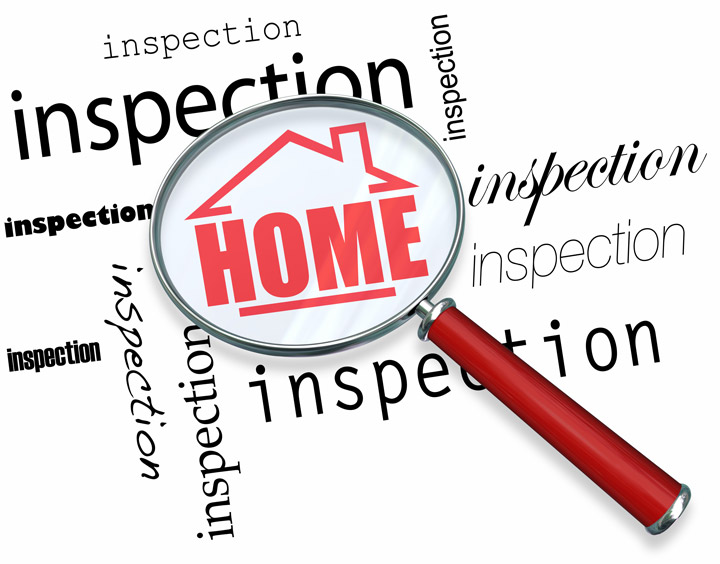
What Are the Components of an Appraisal?Their home's purchase can be the biggest transaction many people may ever encounter. Whether it's where you raise your family, an additional vacation property or an investment, purchasing real property is a complex transaction that requires multiple people working in concert to make it all happen. Most of the participants are quite familiar. The most known entity in the exchange is the real estate agent. Then, the bank provides the money necessary to bankroll the transaction. And the title company makes sure that all aspects of the sale are completed and that a clear title transfers from the seller to the purchaser. So, who makes sure the value of the real estate is consistent with the amount being paid? In comes the appraiser. We provide an unbiased opinion of what a buyer might expect to pay — or a seller receive — for a property, where both buyer and seller are informed parties. A licensed, certified, professional appraiser from Stacey L Shanks will ensure, you as an interested party, are informed. Inspecting the subject propertyTo ascertain an accurate status of the property, it's our duty to first complete a thorough inspection. We must actually see aspects of the property, such as the number of bedrooms and bathrooms, the location, amenities, etc., to ensure they truly are present and are in the shape a typical person would expect them to be. The inspection often includes a sketch of the property, ensuring the square footage is proper and illustrating the layout of the property. Most importantly, the appraiser looks for any obvious features - or defects - that would have an impact on the value of the property. Back at the office, we use two or three approaches to determining the value of the property: paired sales analysis and, in the case of a rental property, an income approach. 
Replacement CostHere, we analyze information on local construction costs, labor rates and other factors to derive how much it would cost to replace the property being appraised. This estimate often sets the upper limit on what a property would sell for. It's also the least used predictor of value. 
Analyzing Comparable SalesAppraisers become very familiar with the neighborhoods in which they appraise. They thoroughly understand the value of certain features to the people of that area. Then, the appraiser researches recent transactions in the vicinity and finds properties which are 'comparable' to the home in question. Using knowledge of the value of certain items such as upgraded appliances, additional bathrooms, additional living area, quality of construction, lot size, we adjust the comparable properties so that they more accurately portray the features of subject.
A true estimate of what the subject could sell for can only be determined once all differences between the comps and the subject have been evaluated. At Stacey L Shanks, we are experts when it comes to knowing the worth of particular items in Deepwater and Henry County neighborhoods. The sales comparison approach to value is typically given the most consideration when an appraisal is for a home purchase. Valuation Using the Income ApproachIn the case of income producing properties - rental houses for example - we may use a third approach to value. In this situation, the amount of income the property generates is taken into consideration along with other rents in the area for comparable properties to derive the current value. The Bottom LineExamining the data from all approaches, the appraiser is then ready to document an estimated market value for the property at hand. The estimate of value at the bottom of the appraisal report is not necessarily what's being paid for the property even though it is likely the best indication of a property's valueThere are always mitigating factors such as the seller's desire to get out of the property, urgency or 'bidding wars' that may adjust an offer or listing price up or down. But the appraised value is typically used as a guideline for lenders who don't want to loan a buyer more money than they could recover in the event they had to sell the property again. At the end of the day, an appraiser from Stacey L Shanks will help you get the most accurate property value, so you can make wise real estate decisions. |